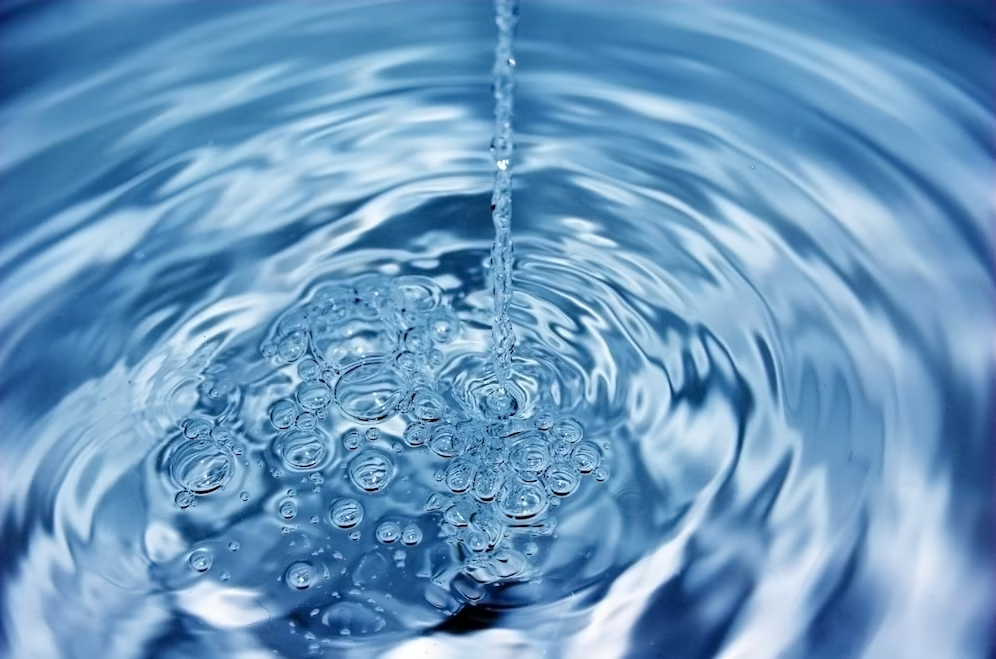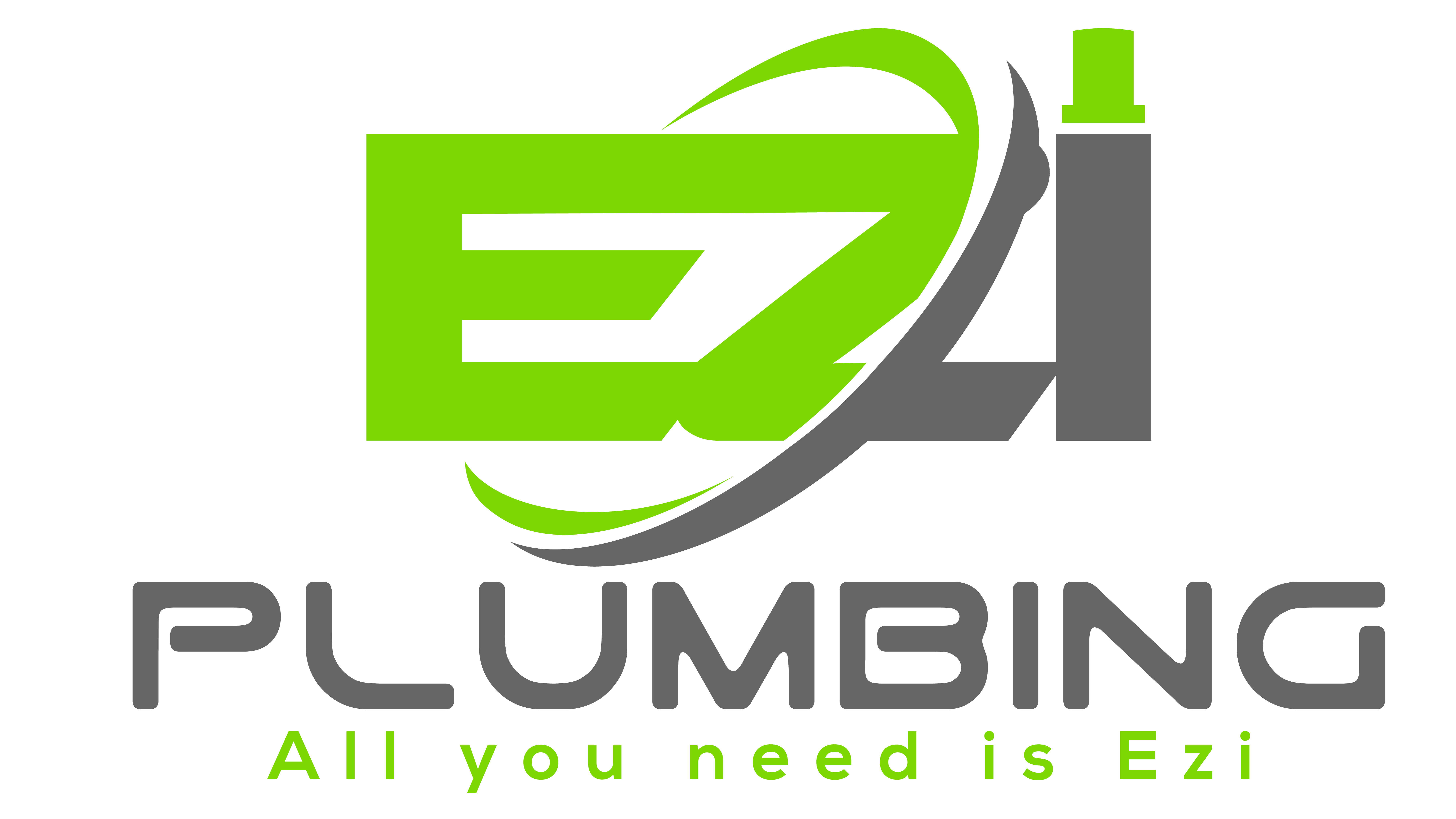Ensuring your home’s plumbing system functions smoothly is essential for maintaining comfort and convenience. From preventing leaks to optimizing water flow, a well-maintained plumbing system can save you from costly repairs and inconveniences down the line. However, navigating the intricacies of plumbing maintenance can be daunting without the right knowledge and expertise. That’s where expert tips come in handy.
In this blog post, we’ll delve into a comprehensive guide on maintaining your home’s plumbing system like a pro. Whether you’re a seasoned homeowner or a newbie in the realm of home maintenance, these expert tips will equip you with the know-how to keep your plumbing in top-notch condition. From simple DIY tasks to knowing when to call in professional help, we’ll cover it all. Get ready to bid farewell to plumbing woes and embrace a hassle-free experience with your home’s plumbing system!
Understanding Your Home’s Plumbing Infrastructure

Understanding the plumbing infrastructure of your home is crucial for maintaining a functional and efficient system. From the supply lines that bring water into your home to the drainage pipes that carry wastewater away, each component plays a vital role in ensuring the smooth operation of your plumbing system. In this guide, we’ll take a comprehensive look at the various elements that make up your home’s plumbing infrastructure and their functions.
Supply Lines: Bringing Water In
The supply lines in your home are responsible for delivering fresh water from the municipal water supply or your private well into your property. These lines are typically made of copper, PVC (polyvinyl chloride), or PEX (cross-linked polyethylene) tubing. Supply lines are connected to fixtures such as sinks, showers, toilets, and appliances like washing machines and dishwashers.
It’s essential to check supply lines periodically for signs of leaks, corrosion, or damage. Any issues with supply lines can lead to water damage and costly repairs if left unaddressed.
Water Heater: Providing Hot Water
The water heater is a crucial component of your plumbing infrastructure, responsible for heating water for bathing, cooking, cleaning, and other household activities. Water heaters can be powered by electricity, gas, or oil, and they come in various types, including tankless, tank-style, and heat pump water heaters.
Regular maintenance, such as flushing the tank to remove sediment buildup, can help prolong the life of your water heater and ensure efficient operation.
Fixtures and Appliances: Distributing Water
Fixtures and appliances are connected to the plumbing system to distribute water throughout your home. Common fixtures include sinks, faucets, showers, bathtubs, and toilets, while appliances may include washing machines, dishwashers, and refrigerators with ice makers.
Proper installation and maintenance of fixtures and appliances are essential for preventing leaks and ensuring optimal performance. Inspect seals, hoses, and connections regularly, and replace any worn or damaged components promptly.

Drainage System: Removing Wastewater
The drainage system in your home is responsible for removing wastewater and sewage from sinks, showers, toilets, and appliances. This system consists of a network of pipes that carry wastewater to the municipal sewer system or a septic tank.
Keep drains clear by avoiding the disposal of grease, oil, food scraps, and other debris down sinks and toilets. Regularly clean drains using eco-friendly solutions to prevent clogs and backups.
Ventilation System: Allowing Airflow
The ventilation system in your plumbing infrastructure plays a crucial role in maintaining proper airflow within the pipes, preventing the buildup of sewer gasses and odors, and ensuring efficient drainage. Vent pipes extend from drain pipes through the roof, allowing fresh air to enter the plumbing system and wastewater to flow freely.
Inspect vent pipes periodically to ensure they are free of obstructions such as debris or animal nests. Any blockages in the ventilation system can lead to slow drainage, foul odors, or even sewage backups.
Dealing with Common Plumbing Problems
Plumbing issues can be a source of frustration for homeowners, but with a bit of knowledge and preparation, many common problems can be addressed effectively. Understanding how to identify and deal with these issues can save you time, money, and stress. Below, we’ll explore some of the most common plumbing problems and provide tips on how to handle them.
- Dripping Faucets: A dripping faucet not only wastes water but can also lead to higher water bills over time. In most cases, the problem is caused by a worn-out washer or O-ring within the faucet assembly. To fix this issue, start by turning off the water supply to the faucet. Then, disassemble the faucet and inspect the washer and O-ring for signs of wear or damage. Replace any worn-out components with new ones, reassemble the faucet, and turn the water supply back on.
- Clogged Drains: Clogged drains are a common nuisance in many households, often caused by a buildup of hair, soap scum, food particles, or other debris. For minor clogs, you can try using a plunger or a drain snake to clear the obstruction. Alternatively, homemade or commercial drain cleaners may also be effective. However, avoid using harsh chemical drain cleaners, as they can damage your pipes over time. If the clog persists or recurs frequently, it may be a sign of a more serious issue, and you should consider calling a professional plumber for assistance.
- Low Water Pressure: Low water pressure can make everyday tasks like showering or washing dishes frustratingly slow. Several factors can contribute to low water pressure, including mineral buildup in pipes, partially closed shut-off valves, or leaks in the plumbing system. Start by checking all faucets throughout your home to determine if the low pressure is isolated to a specific area or affecting the entire house. If only one faucet is affected, the issue may be localized and easier to fix. However, if low water pressure is widespread, it may indicate a more complex problem that requires professional attention.
- Running Toilet: A running toilet can waste a significant amount of water and inflate your water bill if left unaddressed. The most common cause of a running toilet is a faulty flapper valve or a worn-out fill valve. To diagnose the issue, remove the lid from the toilet tank and inspect the components inside. If the flapper valve isn’t sealing properly, it may need to be adjusted or replaced. Similarly, if the fill valve is malfunctioning, it should be replaced with a new one. In some cases, a running toilet may also be caused by a leak in the overflow tube or a faulty float assembly.
- Leaking Pipes: Leaking pipes can cause water damage to your home and lead to mold growth if left unchecked. If you notice water stains on walls or ceilings, dampness under sinks, or unexplained increases in your water bill, you may have a leaking pipe. In many cases, leaks can be repaired by tightening fittings, replacing damaged sections of pipe, or applying pipe sealant. However, some leaks may be more difficult to detect or repair, especially if they are hidden behind walls or in hard-to-reach areas. If you suspect a leak but are unable to locate or fix it yourself, it’s best to call a professional plumber for assistance.
Conclusion
EZI Plumbing in Chain Valley Bay, NSW, Australia, we understand the importance of maintaining your home’s plumbing system to avoid costly repairs and inconveniences. Our expert tips offer valuable insights into preserving the integrity and functionality of your plumbing infrastructure. By implementing these strategies, homeowners can safeguard their properties against potential leaks, blockages, and other common plumbing issues. With our commitment to excellence and customer satisfaction, we strive to empower individuals with the knowledge and resources necessary to ensure the long-term efficiency and reliability of their plumbing systems. For expert assistance and further guidance, contact us at +61 448467788.

